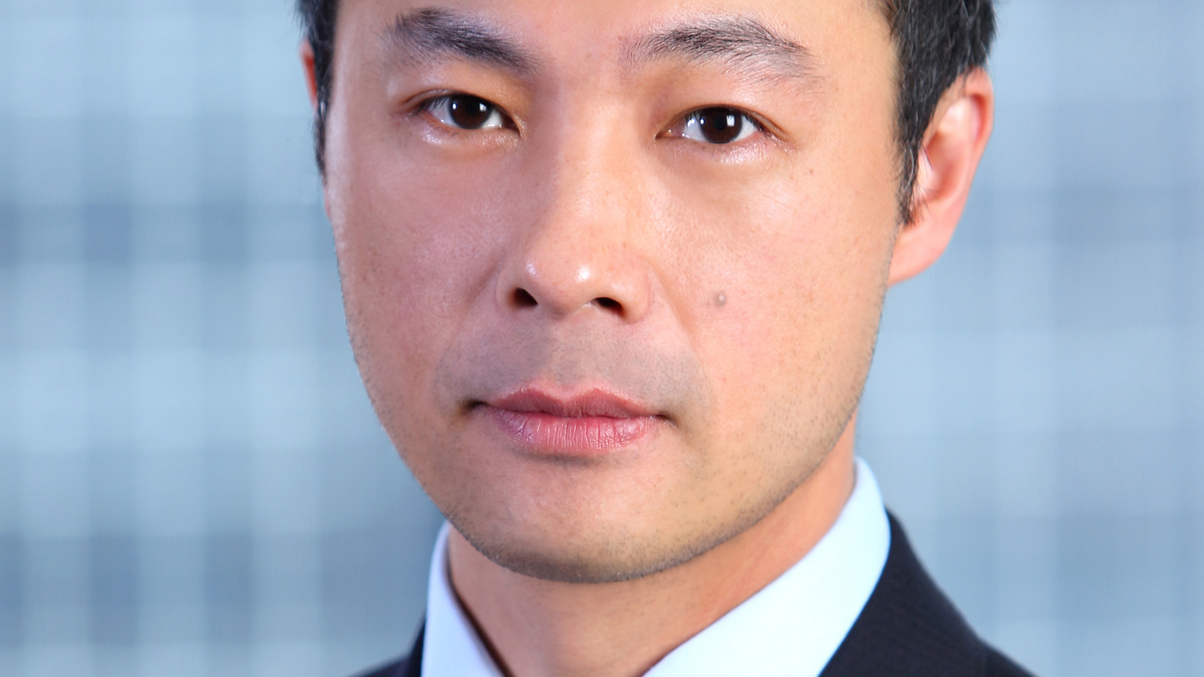PE activity buoyed by more realistic valuations
The gap between the valuation that sellers are demanding and buyers are willing to pay is narrowing in the wake of China market turmoil.

Entrepreneurs in China and across Asia have restarted negotiations to sell stakes in their firms to private-equity buyers on the back of stock market falls, observed Daniel Yeh of Ropes & Gray.
Sign In to Your Account
Access Exclusive AsianInvestor Content!
Please sign in to your subscription to unlock full access to our premium AI resources.
Free Registration & 7-Day Trial
Register now to enjoy a 7-day free trial—no registration fees required. Click the link to get started.
Note: This free trial is a one-time offer.
¬ Haymarket Media Limited. All rights reserved.


